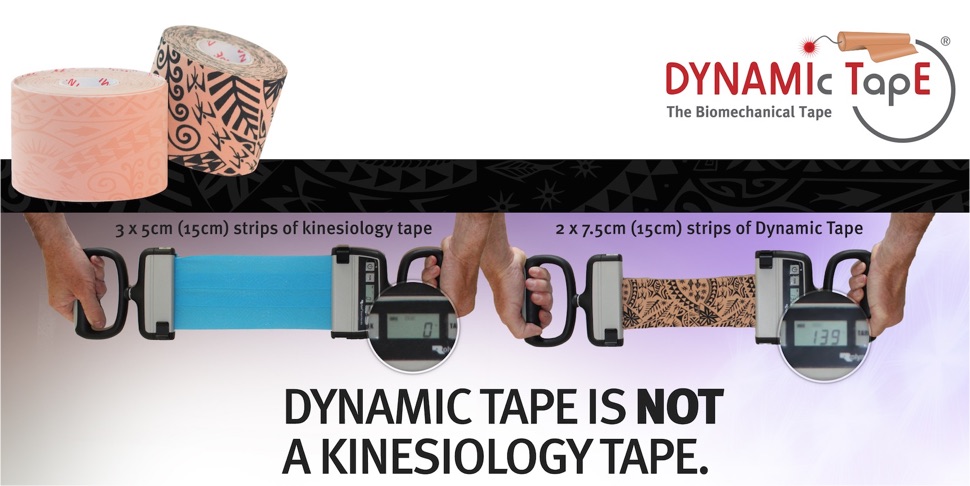- Free Articles
- Shop
- Workshops
- The Dance Educator Series
- Upcoming Workshops
- Workshop FAQ’s
- Host Application Form
- Student Workshop Application Form
- Dance Teacher & Health Professional Directory
- Workshop Testimonials
- Members Areas
- Cart
- My Account
Many dancers (and often their parents) are devastated if they start developing unsightly and painful damage to their toes. While dancing and doing pointe work is not the sole cause of bunions, there are many factors involved in dancing that may increase their development. Some people are more predisposed to develop bunions than others, and there are plenty of people in the world who have bunions who have never done a day’s dancing in their life!
There are many different influencing factors that will dictate whether you will develop a bunion or not and if you do have one, how quickly it will advance. The frustrating thing is, most people focus on padding the joint, or looking at surgical options, without actually correcting a bunion has developed in the first place!
The following taping technique uses Dynamic Tape which can be purchased HERE.
NB: If you find that you experience some discomfort when leaving the tape on for more than a few hours, it is good to try doing some specific hands-on massage/release techniques before applying the tape. I find this very helpful in more rapidly improving the alignment of the toe. Please chat with your local treating therapist for advice on this.
It is important to establish exactly why your bunion is occurring. This can not only help you treat the condition more effectively but can also help you prevent the bunion from becoming worse. A bunion (Hallux Valgus) is an abnormal lump of bone that forms on the joint at the base of the big toe, which can become quite red and inflamed. Often the range of motion in the big toe becomes restricted and even working on demi pointé becomes difficult.
While most people think that the problem is the big toe drifting inwards, often the problem starts when the first metatarsal (the major foot bone that attaches to the big toe) starts to angle away from the foot. Over time, under the continuing stress of this altered position of the joint and the irritation that this causes, the joint can become inflamed. As a result of this, there is often an extra bony growth around the toe joint.
While no amount of conservative treatment can remove any bony growth, Some simple massage and taping techniques can help realign the foot and toe. This is very important before commencing any exercises aimed at strengthening the foot to ensure that the foot is being trained in optimal alignment.
If you are interested in learning more, then download our Bye Bye Bunions Injury Report that outlines many of the common causes of bunions, treatment tips, taping techniques, and more information to help you manage your feet optimally.
Pointe Resources
If you are looking to delve deeper into this topic, check out the following programs:
- The Perfect Pointe Book: This course was originally designed to help students and dance teachers safely prepare for pointe work. The four stages of tests and exercises within the book are ideal for pre-pointe preparation classes, students close to achieving pointe shoes and students already en pointe looking for extra strength and technique training.
- Pointe Range: This online program comprises of 41 clear and concise videos, totalling just under 2 hours play time, this course begins with a series of assessments to establish exactly what structures are restricting your pointe range. It then explores a diverse array of massage techniques, joint mobility exercises and fascial mobilisers to safely improve your pointe range. This is followed by an in depth look at retraining all of the muscles that stabilise the foot and ankle to allow you to actually use your new found pointe range in class.
- Pointe Intensive: This online virtual workshop is designed for both Dance Teachers & Health Professionals working with dancers. This three day Intensive will give you the most up-to-date advice in the industry to help you understand your students’ needs, analyze their differences, and them you the tools to help your students become the best dancer they can be.



